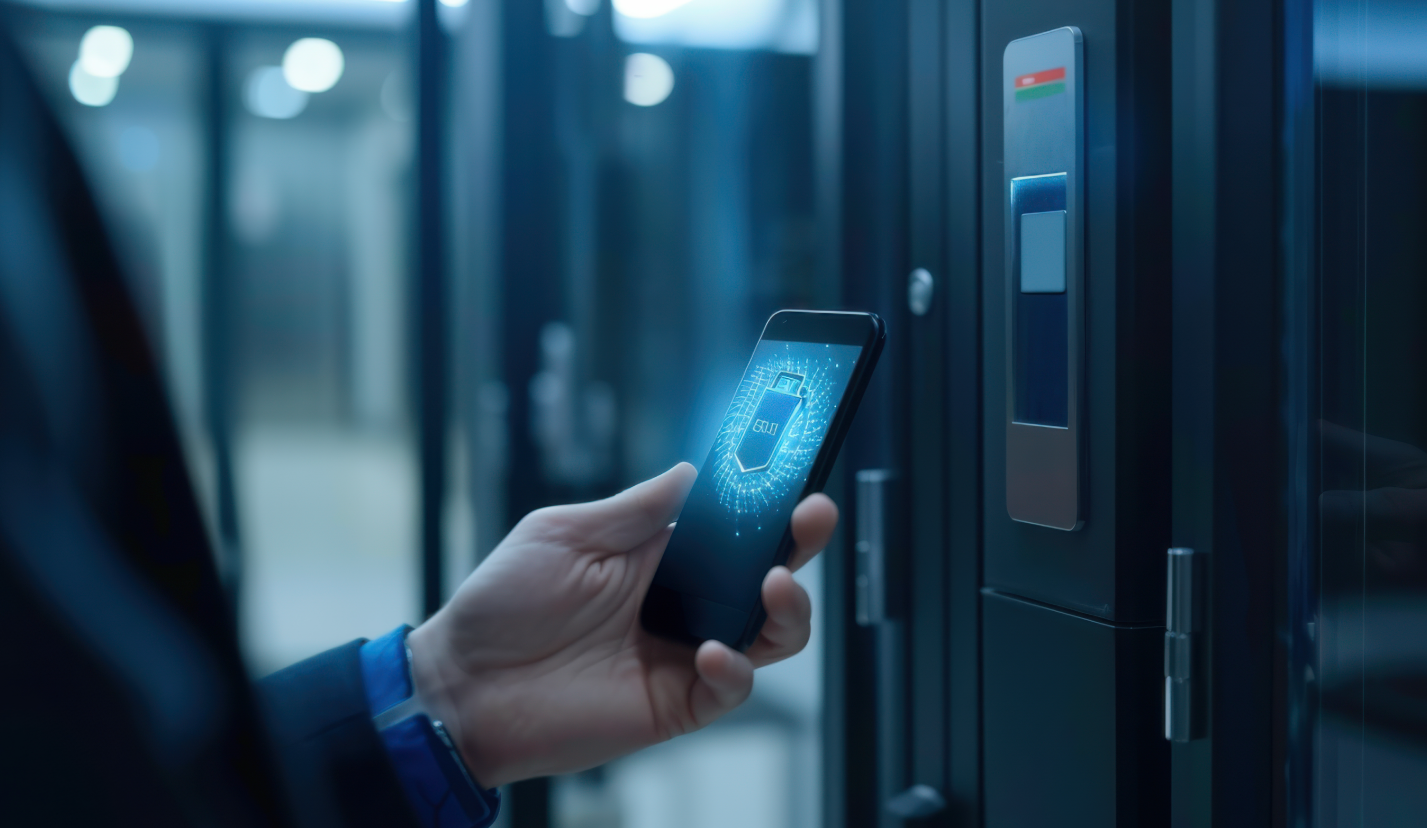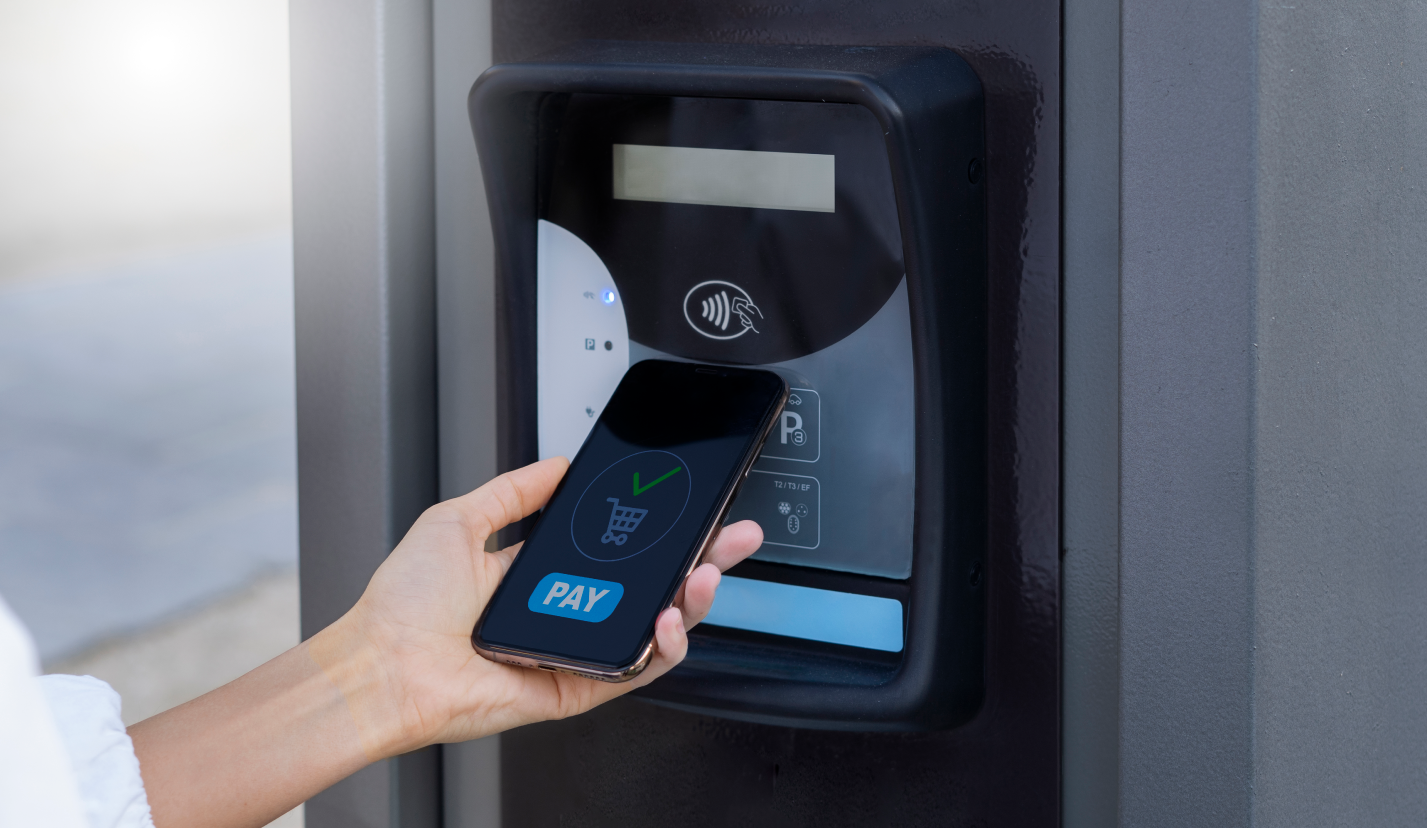Hot Desking System: How to Choose the Right One for Your Workplace

The desk is no longer a static asset. With organizations adopting hybrid work patterns, the office is evolving into an adaptive ecosystem of flexibility, collaboration, and mobility. Immovable seating systems are being replaced by intelligent, responsive systems that adjust to individuals and their work habits. Pivotal to this revolution is the hot desking system, a pragmatic option which imposes control on flexible workspaces.
Choosing the right system, though, is more than reserving a desk. It means understanding how your team works, predicting usage habits, and designing an environment that supports everyone. This post examines how a hot desking system facilitates hybrid work, the key features to consider, and how to select a solution that meets your operational goals.
Let’s explore what makes an effective hot desking system and how to choose the right one for your workplace.
Understanding the Hot Desking System
A hot desking system is a technology-driven strategy where employees can book available workstations as and when needed. Rather than having static desks assigned to specific people, the system accommodates a shared work environment where workstations are booked based on real-time availability.
Why Hot Desking Systems Are Gaining Ground
The move towards hybrid working has highlighted the need for smarter workplace management. As staff work from various places and across time zones, static seating represents unused space and higher operating costs. Hot desking eliminates these problems by converting static desks into a flexible asset.
Maximized use of space:
Desks are assigned according to need rather than by assignment, reducing waste.
Cost Savings:
Businesses save real estate costs without trading off employee experience.
Increased Productivity:
Workers waste less time looking for desks and more time on work that counts.
Increased Collaboration:
Team members sit close to project teams or departments, depending on need.

Types of Desk Booking Solutions
1. Basic Reservation Systems
These tools offer simple desk selection by date and time. They work well for smaller teams or offices with limited booking needs and low complexity.
Example: A 10-person law firm uses a basic calendar-based booking tool to reserve two shared desks for part-time consultants who visit twice a week.
2. Hot Desking System
Intended for dynamic spaces, this system lets employees reserve desks according to need, generally on a first-come, first-served basis. It accommodates spontaneous office drop-ins, flexible team configurations, and everyday desk sharing.
Example: A fast-growing startup allows its 50 hybrid employees to log in and grab any available desk for the day using a mobile app before heading to the office.
3. Desk Hoteling
This configuration accommodates reservations for brief intervals, suitable for companies with pre-scheduled days in the office. Workers can schedule in advance and book desks based on supply, team location, or task requirements.
Example: A global consulting firm with hybrid schedules enables employees to pre-book desks near their project teams every Monday and Wednesday using the hoteling system.
Key Factors to Consider When Choosing a Hot Desking System
Choosing a hot desking system calls for careful thought. In addition to fundamental capabilities, the system must be congruent with your workplace size, culture, and objectives.
1. Define Your Workplace Requirements
Begin by analyzing your usage of space, employee count, and hybrid work policy. Determine if you require meeting room booking, team zones, or equipment bookings in addition to desk bookings.
2. Provide Ease of Use
The system must provide a straightforward, simple interface that employees can operate without requiring any training. Mobile compatibility, interactive floorplans, and one-click bookability are necessary for high adoption
3. Seek Scalability
Select a system that scales with your organization. When your team grows or work models change, the system will accommodate new seating arrangements, extra locations, and varying booking rules.
4. Maximize Integration Capabilities
A sound hot desking system integrates with applications such as Microsoft Outlook, Google Calendar, Slack, and MS Teams. This provides a more seamless booking process and aligns better with existing workflows.
5. Leverage Data for Smart Planning
Reporting and analytics capabilities give insight into space efficiency, booking patterns, and occupancy rates. It helps facility managers to change layouts, reassign resources, and forecast future demand.
6. Expect Strong Vendor Support
Choose a provider with onboarding, technical support, and system training. Ongoing feature enhancements, effortless troubleshooting, and good customer service make a big difference in the smooth running of the app.
7. Hybrid Work Support
Hybrid work needs to be supported. The setup should enable in-office and remote workers to view real-time desk availability, know who is working from where, and reserve space depending on collaboration requirements
The Rise of Smart Hot Desking Systems
Modern hot desking systems go beyond simple reservations. With automation, AI-powered recommendations, and real-time usage tracking, these platforms help organizations build workplaces that are efficient and employee-friendly.
Smart systems can:
1. Predict peak usage days and adjust availability accordingly.
2. Recommend seating according to the proximity of teams or past bookings.
3. Provide contactless check-in for safety and ease.
4. Through enhancing the booking process with intelligence, these systems enable strategic choices that align workspace layout with business requirements.
Selecting the Proper Fit
Every organization is different. What is best for a startup might not be best for an enterprise with international offices. The best hot desking solution is one that fits in with your space, gives power to your people, and prepares for what’s next.
Focus on:
1. Simplicity of use
2. Configurability to your office layout
3. Support for hybrid schedules
4. Analytical depth for space optimization.
5. Integration with the tools your teams already use
Testing a demo, collecting employee feedback, and starting with a pilot rollout can help you fine-tune the experience before scaling.

Conclusion:
FAQs:
1. What is a hot desking system?
Hot desking enables employees to book available spaces when needed instead of the traditional assignment of desks. Hot desking enables various flexible workplace models by maximizing space use and limiting desk emptiness.
2. In what way is hot desking distinct from desk hoteling?
Hot desking tends to be more ad-hoc and on a first-come, first-served basis, whereas desk hoteling enables reservations in advance and is thus better for teams where there are scheduled office days.
3. Do employees need training on how to use a hot desking system?
Not exactly. Most contemporary systems are intended to be easy to use, with mobile capability, simple interfaces, and graphical floor plans that need minimal or no training.
5. Will hot desking degrade worker productivity?
In contrast, it improves productivity by shortening time spent looking for available desks and enabling individuals to sit close to their project groups or resources they require.
4. Do hot desking systems allow integration with software like Outlook or Google Calendar?
Yes. A good sound system integrates with Microsoft Outlook, Google Calendar, Slack, and other applications to enable smooth booking and scheduling within existing workflows.
6. Is it possible to track how office space is being used?
Yes. Several hot desking systems have analytics dashboards that provide booking patterns, occupancy rates, and space utilization statistics.
